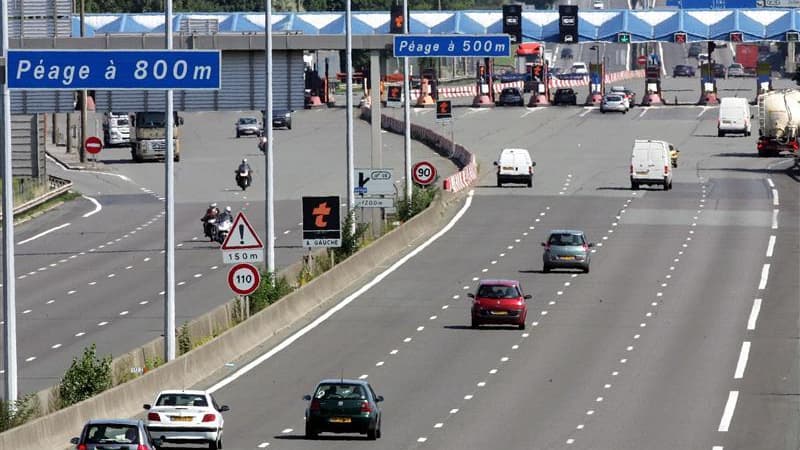Vinci Autoroutes announces Monday that it is moving “in the interest of home-to-work travel” for motorists by “locking in” the price of most short trips on its networks, while highway toll rates will increase almost 5% on February 1.
Revalued every year, the toll rates of the main motorway networks should increase by 4.75% on average on February 1, after +2% last year and +0.44% in 2021.
This increase includes at least 70% inflation (excluding tobacco) for twelve months through October, and increases based on anticipated work by distributors. Several highway companies accompanied this rate change with commercial measures.
For its part, Vinci Autoroutes, whose toll rates will increase by an average of 4.68% as of February 1, makes a gesture by announcing “to block toll rates for 70% of routes under 30 kilometers across its entire network. km”, in a press release release.
“Discounts for subscribers”
The “half of the routes of less than 50 km” and the ring roads of 35 agglomerations served by its network will also benefit from this measure, the company specifies.
In addition, subscribers to the “Ulys 30” electronic toll will see their bonus on the regular route of their choice go from 30 to 40% for one year. To benefit from it on “one of the three main networks of Vinci Autoroutes, ASF, Cofiroute and Escota”, interested users must subscribe to the Ulys offer on the website. And as of May 1, a 10% reduction in the electrical load of 60,000 terminals will be granted.
The delegate minister for Transport, Clément Beaune, said on RTL on Sunday morning that he had “spent weeks negotiating discounts for subscribers with motorway companies”, judging that “asking the highway for an effort” in “a transition period ecological” “was not shocking”.
The year 2021 was marked by a rise in traffic on French motorways and a strong increase in the profit of the concessionaire companies (mainly Vinci, Eiffage and Sanef), which reached 3.9 billion euros, according to the Transport Regulation Authority (ART). ) exceeding that figure. of 2019 by around 11%. ART publishes data one year later, so 2022 data is not available.
Source: BFM TV


